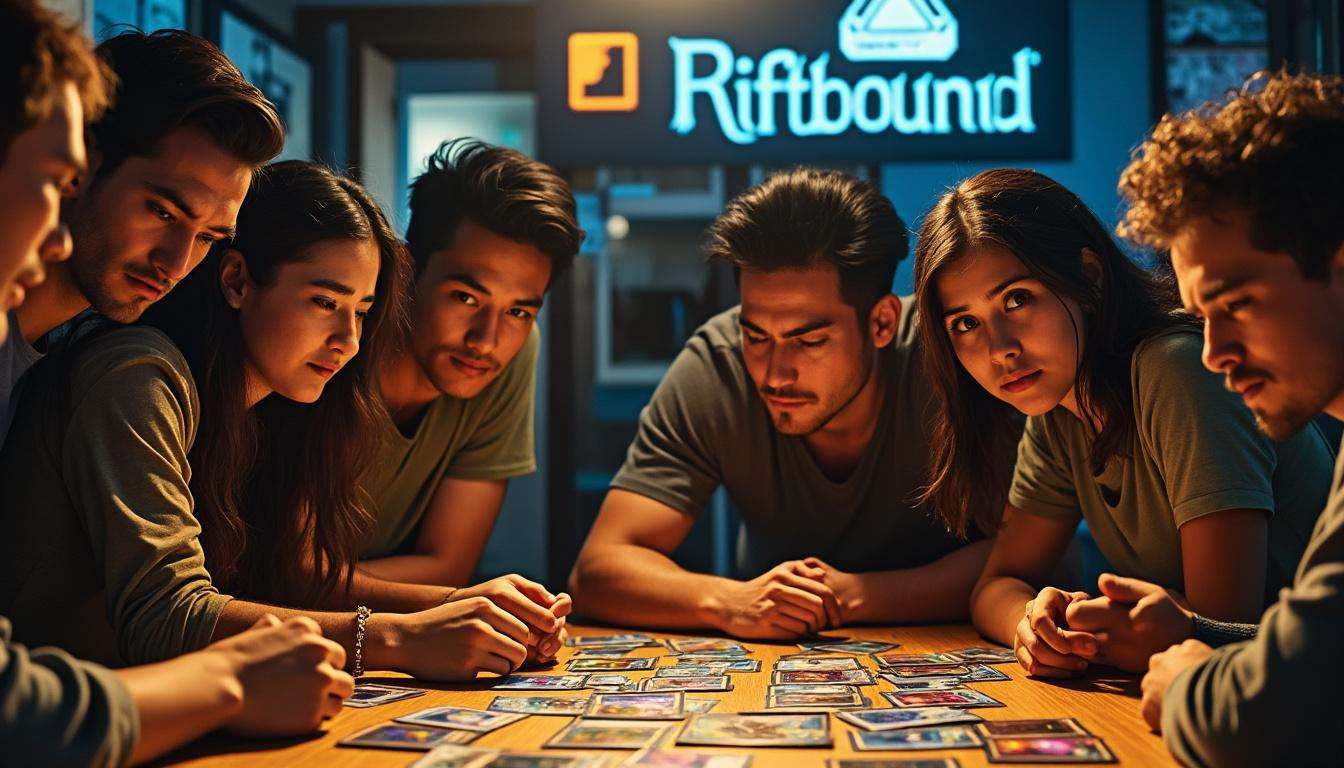Riot Games has acknowledged early reports that some Riftbound booster packs contain fewer rare cards than expected. The studio says the anomaly appears limited to individual packs rather than entire booster boxes, and it’s actively investigating production and collation processes with partners.
As a pro player who’s sampled Riftbound demo decks, I can confirm the game nails the feel of League of Legends champions. That makes any pack-opening disappointment feel sharper for collectors and competitive players alike.
Riftbound rarity distribution: what went wrong and what Riot says
On October 29, game director Dave Guskin stated the team is “investigating a potential collation issue impacting rarity distribution with individual Riftbound: Origins booster packs.” Early checks point to a small percentage of packs containing fewer rares than intended, while others include extras.
Riot stresses that at the booster box level, distribution is aligning with expectations. Still, the company recognises that a single weak pack can sour the opening experience and has pledged remedies if a meaningful number of packs are affected.
- Issue reported: Some packs with only one rare instead of the expected count.
- Riot’s stance: Investigating collation with production partners; box-level distribution looks correct.
- Potential fixes: Compensation for affected players and long-term production adjustments likely starting with Set 3.
Key takeaway: Riot is treating this as a production collation problem rather than a design choice, and the company has promised updates and potential remedies.
What players should document and how to report affected packs
Guskin asked players to provide clear evidence when reporting issues. Requested materials include photos showing all cards with rarity gems visible, the open wrapper barcode, and a dated note labelled “Riftbound QA – (Date)”.
Posting this information publicly on Riot channels and replying to official messages increases visibility and speeds up triage.
- Photos to include: all cards face-up with rarity gems visible.
- Packaging proof: wrapper with barcode visible.
- Context proof: a dated paper with the specified label to validate timing.
Final insight for this section: detailed, consistent documentation is the fastest path to a resolution if you own an impacted pack.
How Riftbound’s launch compares with other TCG ecosystems
Riftbound entered a market that, by 2025, includes heavy hitters like Magic: The Gathering, Pokémon TCG, Yu-Gi-Oh! and digital entrants such as Hearthstone. The game also revives interest for players who followed Legends of Runeterra and want a physical experience tied to the League universe.
Publishers with TCG pedigree — from Blizzard Entertainment to console-adjacent efforts linked to Valve Corporation — have shaped collector expectations for rarity transparency and pack consistency.
- Player expectation: consistent rarity across packs, learned from MTG and Pokémon TCG practices.
- Market pressure: secondary market values depend heavily on reliable rarity distribution.
- Design angle: Riftbound aims to capture champion identity, a quality that strengthens long-term collector interest.
Illustrative example: collectors who watched the Riftbound reveal expected a polished physical product comparable to established TCGs; when pack consistency slips, trust needs rebuilding.
Collector impact, market reactions and practical next steps
Launch day brought strong demand and some regional friction — Brazil pricing complaints and supply constraints were reported — but overall momentum remains high. Popularity means more eyes on any distribution issue, and that often accelerates company responses.
For players and store owners, documenting issues and checking full booster boxes reduces noise; retailers reporting statistical anomalies to Riot will help determine whether the problem is isolated or systemic.
- Immediate actions: inspect full booster boxes and photograph anomalies before opening multiple packs.
- Reporting route: follow Guskin’s photo checklist and submit through official Riot channels or public replies to official posts.
- Secondary market: expect short-term volatility for high-rarity pulls while the community digests the news.
Practical resource: players new to the franchise can read a concise primer in the Discovering Riftbound guide to understand product structure and expected rarity tiers.
Extra reading for collectors and players: a collection guide for Legends of Runeterra is useful for those transitioning from digital to physical card collecting.
- Legends of Runeterra beginner guide — good context for Runeterra lore and card design.
- Clash Royale beginner tips — examples of balancing monetisation and player experience in live card-like games.
- Spending gems wisely in Clash Royale — a short guide on value-driven purchases relevant to TCG shoppers.
Closing insight for this section: methodical reporting and measured community responses will get the fastest, fairest outcomes for most collectors.
Why consistency matters to competitive players and collectors
As someone who thought the Riftbound demo rekindled my interest in League of Legends, the pack issue is a reminder that first impressions matter in physical products. Competitive scenes rely on predictable availability for tournament play and card trading.
Design manager Jonathan Moormann emphasised champion fidelity in every card — that creative success now needs to be matched by production reliability to sustain competitive momentum.
- Competitive impact: unpredictable rarity affects deck-building choices and secondary market costs.
- Collector confidence: predictable collation drives long-term investment in physical sets.
- Community health: transparent updates from Riot Games reduce speculation and negative market swings.
Parting note: a strong gameplay foundation will only translate into a lasting TCG if production quality and community trust follow suit.

